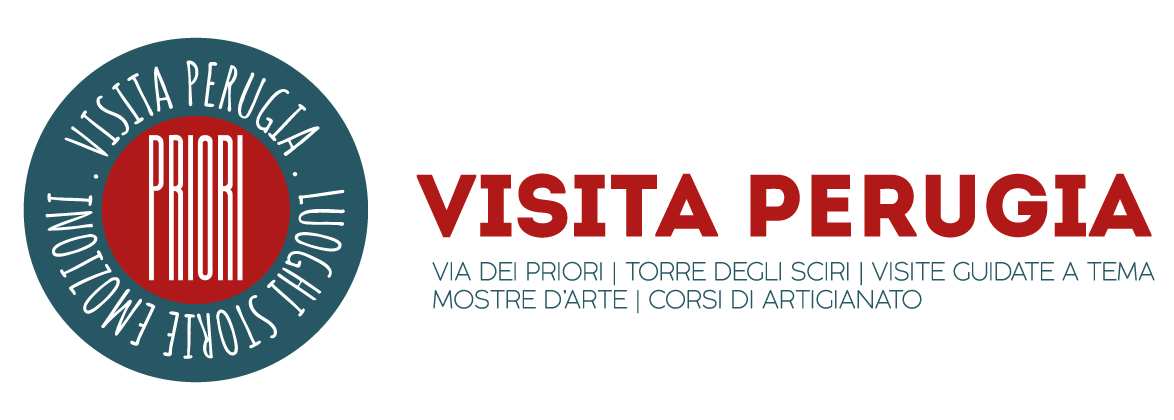Cattedrale di San Lorenzo
La Cattedrale di San Lorenzo è uno dei principali luoghi di culto di Perugia. Una prima chiesa sorse a partire dal IX secolo, riedificata poi tra l’XI e XII secolo, per accogliere le spoglie del santo vescovo Ercolano, il “defensor civitatis”, martirizzato al tempo dell’assedio di Totila, durante la guerra gotico-bizantina (VI secolo). La costruzione risale al XIV secolo e fu completata nel XVI secolo. Nel 1300 si decise di ampliare la chiesa, affidando il progetto al monaco silvestrino frà Bevignate, già soprintendente alla costruzione della Fontana maggiore. Il duomo può dirsi ultimato nella seconda metà dell’Ottocento, per volontà del Card. Gioacchino Pecci, allora vescovo di Perugia (1846-1878) e futuro pontefice con il nome di Leone XIII. I grandi lavori dettero alla cattedrale un aspetto neogotico, caro alla cultura neoromantica del tempo.
Uno degli elementi più significativi della cattedrale è la Cappella del Santo Anello, situata all’interno. In questa cappella è conservato un prezioso reliquiario che custodisce un anello, ritenuto essere il matrimoniale della Vergine Maria. L’anello viene esposto al pubblico in occasioni speciali.
La Cattedrale di San Lorenzo è parte del complesso architettonico “L’Isola di San Lorenzo” che comprende, La Cattedrale di san Lorenzo, i chiostri del XV e del XVIII secolo, le antiche case dei canonici con il Museo del Capitolo, l’area archeologica di Perugia sotterranea e la loggia di Braccio Fortebracci. Il Museo Capitolare, ospita una collezione di opere d’arte religiosa, tra cui dipinti, sculture e manoscritti antichi provenienti dalla cattedrale e da altre chiese di Perugia. Tra i capolavori esposti nel museo vi è la famosa “Pala di Sant’Onofrio” di Luca Signorelli.
Cathedral of San Lorenzo
The Cathedral of San Lorenzo is one of the main places of worship in Perugia. A first church was built starting in the 9th century, then rebuilt between the 11th and the 12th centuries to house the remains of the holy bishop Herculaneum. Herculaneum, called the “defensor civitatis” (Defender of the City), was martyred at the time of the siege of Totila, during the Gothic-Byzantine war in the 6th century CE. The building dates back to the 14th century and was completed in the 16th century. In 1300 the church was expanded, and the project was entrusted to the Silvestrine monk Frà Bevignate, already superintendent of the construction of the main fountain. The cathedral was completed in the second half of the 19th century at the behest of Cardinal Gioacchino Pecci, then bishop of Perugia (1846-1878) and future pontiff under the name of Leone XIII. The major construction gave the cathedral a neo-Gothic appearance, dear to the neo-Romantic culture of the time. One of the most significant elements of the cathedral is the Chapel of the Holy Ring, located inside. In this chapel there is a precious reliquary which holds a ring, believed to be the marriage ring of the Virgin Mary. The ring is displayed to the public on special occasions. The Cathedral of San Lorenzo is part of the architectural complex called “The San Lorenzo Block” which includes the Cathedral itself, the 15th– and 18th-century cloisters, the old canons’ houses with the Chapter Museum, the archaeological site of underground Perugia, and the loggia of Braccio Fortebracci. The Cathedral’s Museum of the Chapter houses a collection of religious artworks, including paintings, sculptures, and ancient manuscripts from the cathedral and other churches in Perugia. Among the masterpieces on display is the famous “Pala di Sant’Onofrio” by Luca Signorelli.

